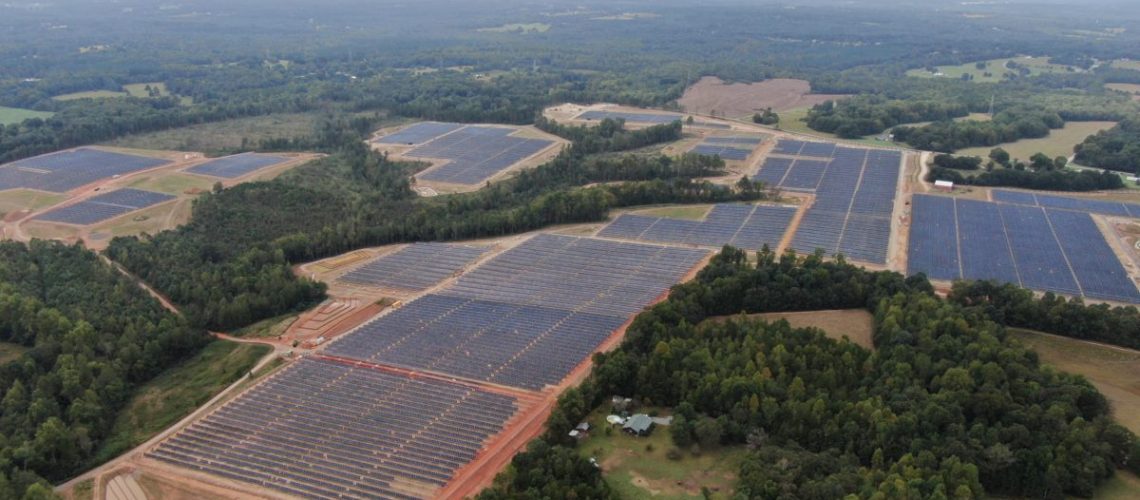Duke Energy has clean energy goals of reducing carbon 50% b 2030 and is aiming for net-zero carbon emissions by 2050. The company recently announced additional steps it is taking to help reduce carbon including decreasing use of coal to less than 5% of total generation by 2030 and to fully exit coal by 2035 as part of what it says is the largest planned coal fleet retirement in the industry.
Based in Charlotte, North Carolina, Duke Energy provides electric services to 7.2 million customers in the Carolinas, Florida, Indiana, Ohio and Kentucky, including retail natural gas service to over 500,000 customers in Ohio and Kentucky. In 2017, 33% of its porfolio was made up of coal/oil; 28% natural gas; 34% nuclear and only 5% hyro/wind/solar. The plan is for that balance to change by 2030 to 16% coal/oil; 42% natural gas; 32% nuclear; and 10% hydro/wind/solar.
According to its Sustainability Report, as of year-end 2020, Duke Energy owned, operated or had under contract almost 8,800MW of wind, solar and biomass. The plan is to own, operate or contract
16,000MW of wind, solar and biomass by 2025. And as stated in last week’s financial earnings report, 80% of Duke’s 5-year, $63 billion capital plan includes zero carbon generation, which includes investments in nuclear, renewables (wind and solar), hydro and battery storage.
A spokesperson for Duke Energy told pv magazine that combining both regulated and nonregulated renewables business, Duke has a total of 7,400 megawatts of solar that it owns, operate or purchase – in operation. This does not include solar projects under construction.
On the commercial renewables (non-regulated) side, projects that have recently reached operation or are currently under construction include:
The company also is investing in electric grid upgrades and expanded battery storage, and exploring zero-emitting power generation technologies such as hydrogen and advanced nuclear. It also listed two new goals in its Sustainability Report 2020: Achieve net-zero methane emissions from its natural gas distribution business by 2030; Convert convert 100% of its light-duty vehicles to electric and 50% of its combined fleet of medium-duty, heavy-duty and offroad vehicles to EVs, plug-in hybrids or other zero-carbon alternatives by 2030.



